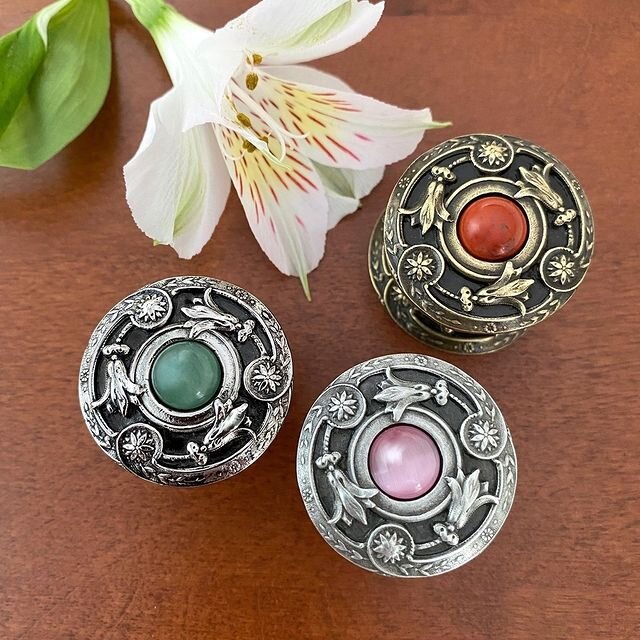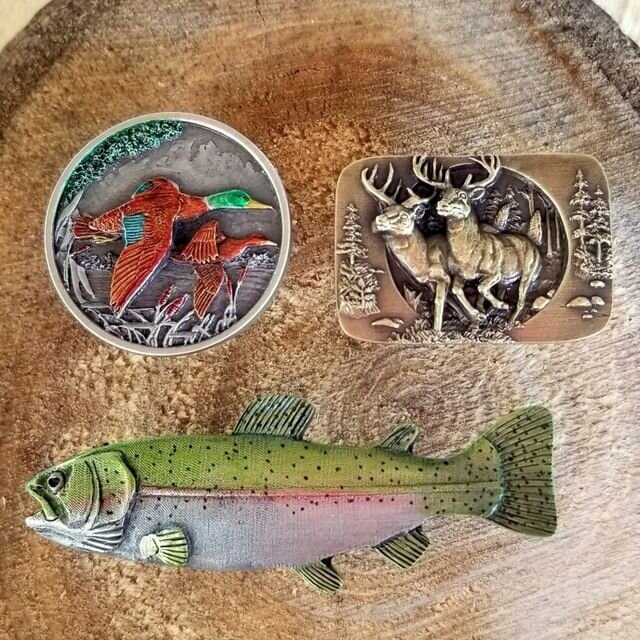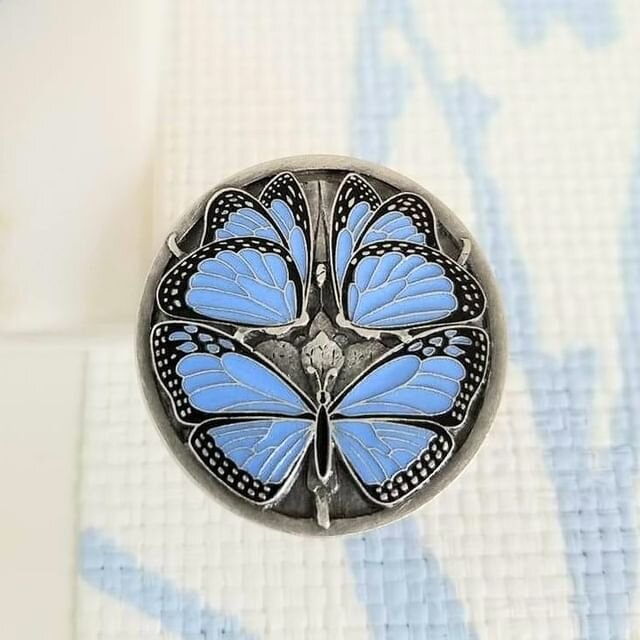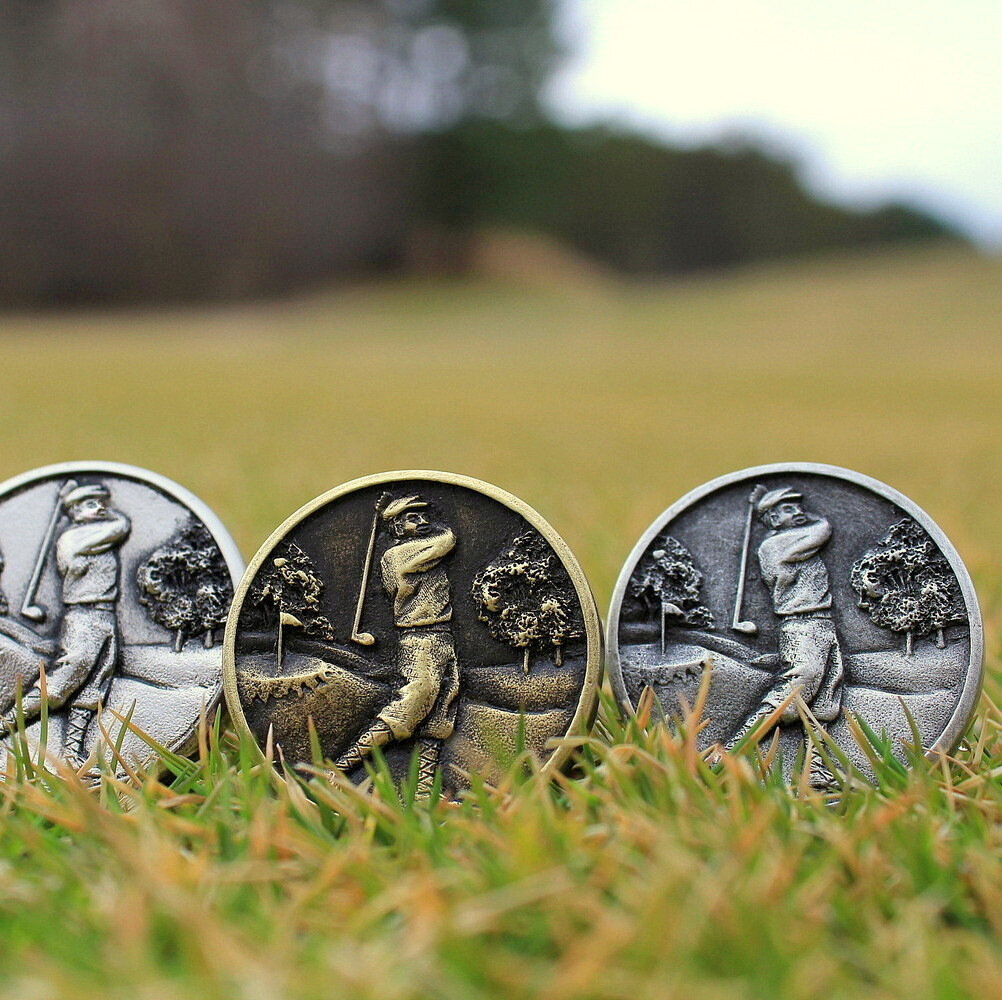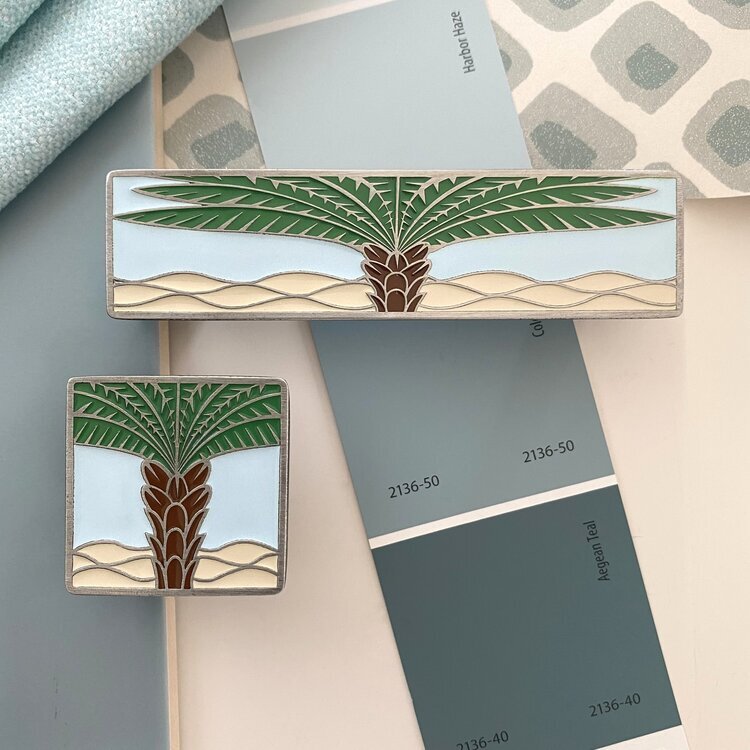Whether you’re moving into a new home or looking to refresh a room in your current space, the hardest part of the design process can often be figuring out where to start. Between Pinterest, Instagram, design blogs, and magazines, there’s no shortage of places to look for design inspiration, but it can feel overwhelming trying to put together the pieces and create a space that feels like home to you. Here are a few ways our customers find home design inspiration.
1. Start with a special piece
Sometimes a certain piece of furniture or art just speaks to you - so use it as a starting point for the design of the rest of the space! Whether it’s a special family heirloom, an armoire you just couldn’t pass up at the antique store, or a custom-made item from a local artisan, many of our customers come to us looking for hardware that coordinates with a specific item. Then they pull colors, shapes, or specific design elements from the piece to influence the aesthetic of the entire room.
For example, one customer fell in love with these vintage spandrels they salvaged over 40 years ago from a Victorian style lake house, and they built their kitchen design around the spandrels and custom cabinets they had made. You can see below how they incorporated these ornate design elements and coordinated their hardware without making the space overly “fussy.”

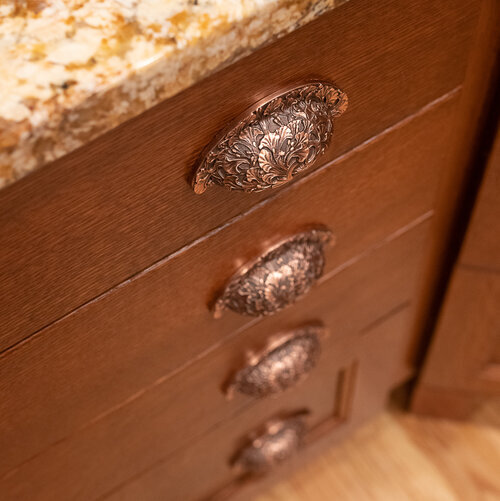
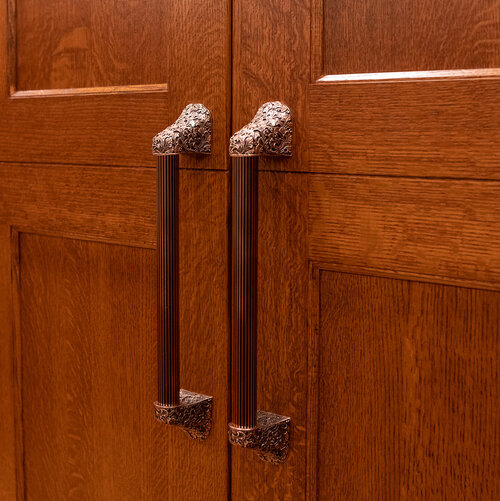
2. Consider your surroundings
One of the best places to get home design inspiration is the physical environment or geographical location of the house. A beach house might have tropical or nautical design elements, a western lodge or woodsy cabin might have more rustic, natural features, or a country home might have a modern farmhouse feel. You can make this inspiration as subtle or overt as you like. For instance, you might simply gain inspiration for colors and textures from the views outside the window.
This Wisconsin country home below features a beautiful custom prairie style dining table with our Prairie Tulip knobs inlaid. It’s a subtle nod to the architectural style popularized by Frank Lloyd Wright, who grew up in the area and whose work was influenced heavily by the natural surroundings in the region.
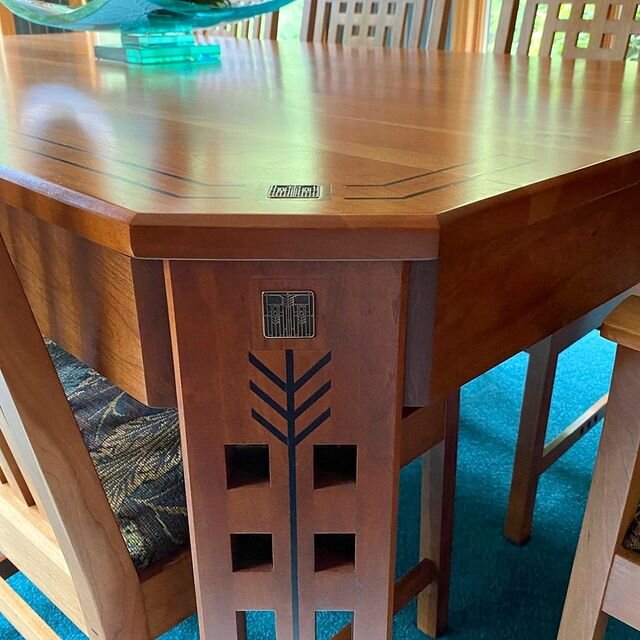

3. Honor the home’s history
If you have a historic home or unique architectural features, consider how you can work with them rather than work around them. Think about the era or design style in which the home was constructed and how you can add fixtures, hardware, or decor that compliments the home’s history but creates the modern feel that makes it your own.
Hardware is a great way to add a touch of Old World or traditional style without making things overly stuffy or overwhelming.
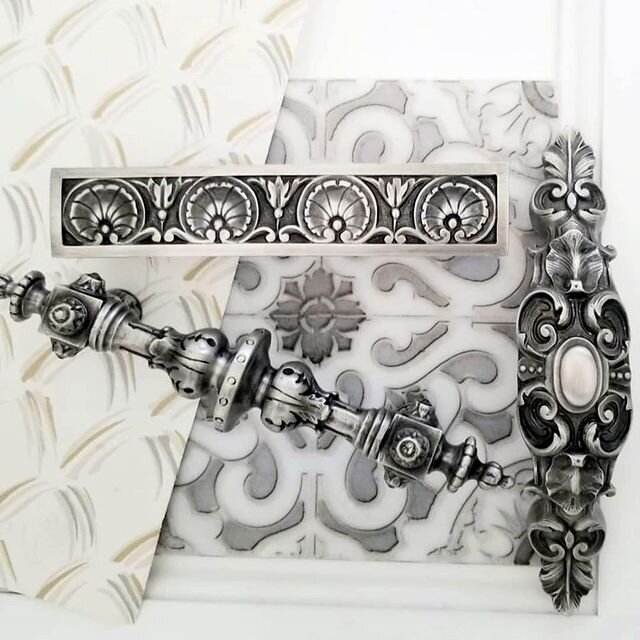
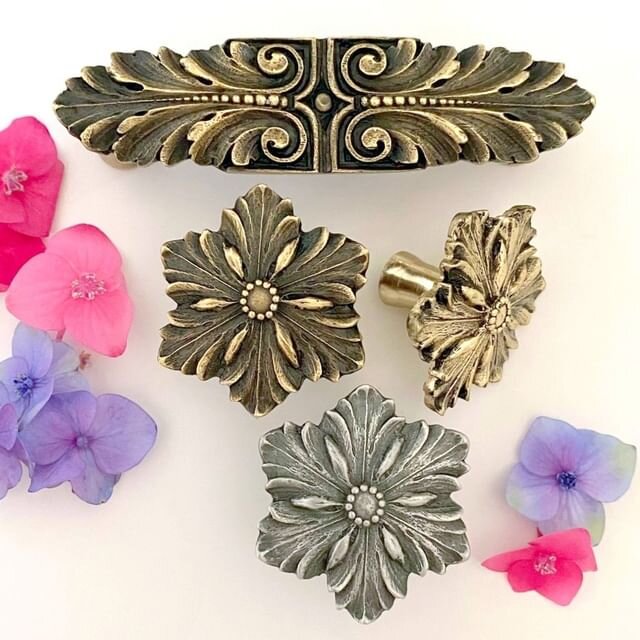

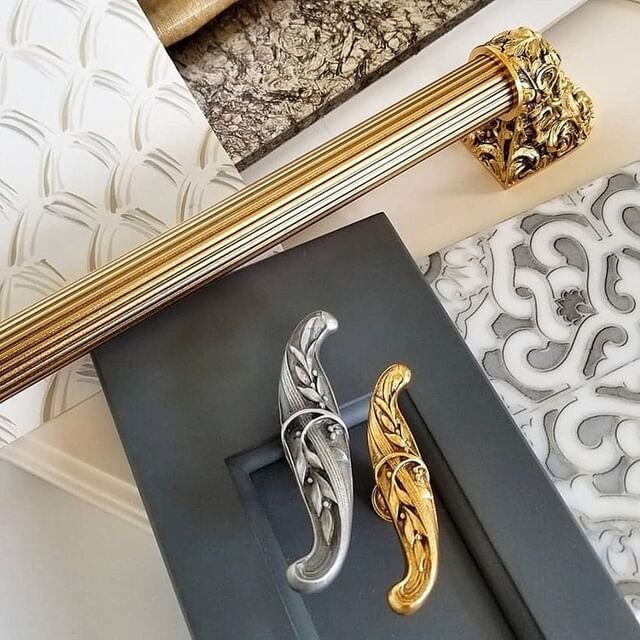
4. Incorporate your own personality and style
Pinterest, Houzz, and design influencers are great places to get ideas for your home, but don’t feel boxed in by what’s trendy. Home styles come and go, but you’ll presumably be spending the most time in your space, so you want to be sure it feels like home to you. Not into sleek, minimalist designs? Add pops of your favorite colors! Have a hobby you’re passionate about? Put it on display! Prefer a more classic, refined look over the rustic farmhouse look? Opt for traditional pieces that will stand the test of time.
Research shows that the physical environment around us has measurable effects on our wellbeing, stress, and happiness, so it’s worth investing in creating a space that’s uniquely “you.”
